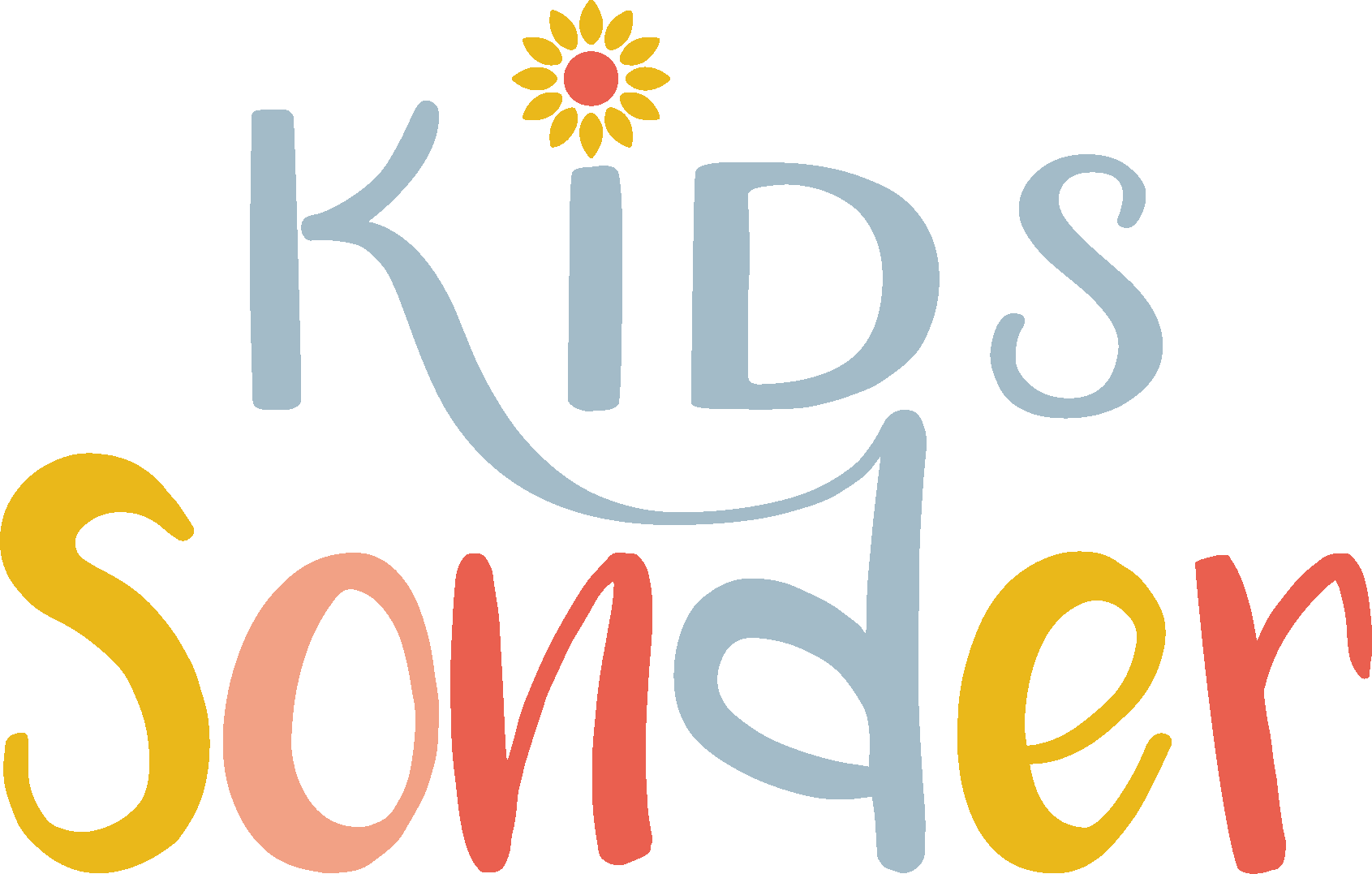When you’re teaching kids who already have a connection to agriculture — maybe they live on a farm, are active in 4-H, or simply want to understand the livestock and food systems they see every day — your role isn’t to convince them agriculture is important. They already know that.
Your role is to help them understand it more deeply.
That’s where the Agriculture Unboxed Learning Framework comes in. It’s the structure behind every printable lesson, activity, and unit exploration we create for ages 9–13.
This framework helps learners grow from recognizing agricultural concepts to thinking like agriculturists — using observation, reasoning, and systems thinking to understand how animals, people, and the environment connect.
It does this through three progressive stages: Explore → Apply → Connect.
The Agriculture Unboxed Learning Framework
EXPLORE – Building a Foundation in Agricultural Science
Purpose:
The Explore stage lays the groundwork. It gives kids a clear picture of the livestock species, systems, and basic science that shape agriculture.
What Happens Here:
Learners build knowledge of animal types, body parts, lifecycles, and production purposes. They begin to connect how nutrition, breeds, and anatomy affect performance and care.
In Action:
Our Animal Science Foundations Bundle supports this stage. Through lessons like Cattle 101, Swine 101, Goats 101, Sheep 101, Lamoids 101, Chickens 101, Turkey 101, Animal Nutrition 101 and Basics of Meat Science: Pork and Beef, learners explore topics such as:
-
External anatomy and breed identification
-
Digestive systems and feed relationships
-
How animals contribute to food, fiber, and byproducts
💡 Teaching Tip: Keep this stage hands-on. Use flashcards, photos, or local farm visits to help kids link terms and concepts to real animals.
Learning Outcomes:
-
Builds accurate vocabulary and confidence
-
Strengthens observation and comparison skills
-
Creates a foundation for future agricultural reasoning
APPLY – Turning Knowledge into Understanding
Purpose:
Once learners know the basics, they’re ready to put that knowledge to work. This stage bridges information and practice — helping kids see how animal science looks and functions in the real world.
What Happens Here:
Learners begin connecting anatomy, health, and behavior to decision-making on the farm. They think through management choices and observe patterns that affect animal welfare and productivity.
In Action:
The Applied Animal Science Series helps kids practice this kind of thinking. Lessons include:
-
Anatomy & Physiology of Movement — linking structure and function
-
Farm Animal Taxonomy — understanding scientific classification
-
Livestock Behavior & Handling — observing instincts and response patterns
-
Animal Identification & Health — recognizing healthy livestock and preventative care
💡 Teaching Tip: Tie learning to real experience. Let kids track animal behavior, compare feed rations, or analyze photos of conformation differences.
Learning Outcomes:
-
Strengthens reasoning and critical-thinking skills
-
Reinforces observation and decision-making
-
Builds the ability to explain “why” behind animal care practices
CONNECT – Seeing Agriculture as a System
Purpose:
This final stage helps kids recognize how everything in agriculture fits together — animals, economics, and the environment. They start to see how decisions in one area impact the whole system.
What Happens Here:
Learners synthesize what they’ve explored and applied to make connections across topics like housing, budgeting, and sustainability.
In Action:
Lessons such as Chicken Coop Design & Needs, Horse Finances, Livestock Finances, and Carbon Cycle Study belong here.
Kids use real-world reasoning to:
-
Plan housing that supports animal health
-
Budget feed and care costs
-
Understand how livestock interact with environmental cycles
💡 Teaching Tip: Encourage discussion and reflection. Ask, “What choices would you make if this were your operation?” or “How do animals, people, and the environment rely on one another?”
Learning Outcomes:
-
Builds systems thinking and practical application
-
Connects agriculture to economics and sustainability
-
Encourages responsibility and stewardship
Why This Framework Works
The Explore → Apply → Connect model mirrors how kids naturally learn agriculture — by noticing, doing, and reasoning. It helps them connect what they see and do on the farm, in 4-H projects, or in hands-on lessons to the science and structure behind it.
Each stage supports different learning styles:
-
Visual learners see diagrams and structure
-
Kinesthetic learners build, observe, and test
-
Auditory learners process through discussion
-
Read/write learners reflect and record observations
Instead of memorizing facts, learners build true agricultural literacy — understanding how and why things work in animal systems.
Read more about Learning Styles here.
Putting It Into Practice
Whether you’re a parent, homeschool educator, ag teacher, or 4-H leader, you can use this same structure in your teaching.
-
Start with Explore: Introduce a new concept with visuals, diagrams, or stories.
-
Move to Apply: Guide a hands-on project or structured observation.
-
Finish with Connect: Reflect together — ask “Why does this matter in agriculture?”
Over time, this approach transforms curiosity into confidence. Kids don’t just learn about agriculture — they begin to think, plan, and problem-solve within it.
Our Purpose
At Kids Agriculture Unboxed, our mission is to support educators and families who want to teach agriculture intentionally. We provide resources that bring science, management, and sustainability together so learners can see agriculture from every angle. Unboxing agriculture piece by piece.
Through the Explore → Apply → Connect framework, kids begin to look at agriculture and animal science at a whole new level — gaining not just knowledge, but understanding.
If you’d like to see this framework in action, explore:
👉 Animal Science Foundations Bundle
👉 Applied Animal Science Series
Join our newsletter and receive VIP status! VIP pricing starts November 12th, be the first to know!
SIGN UP HERE

